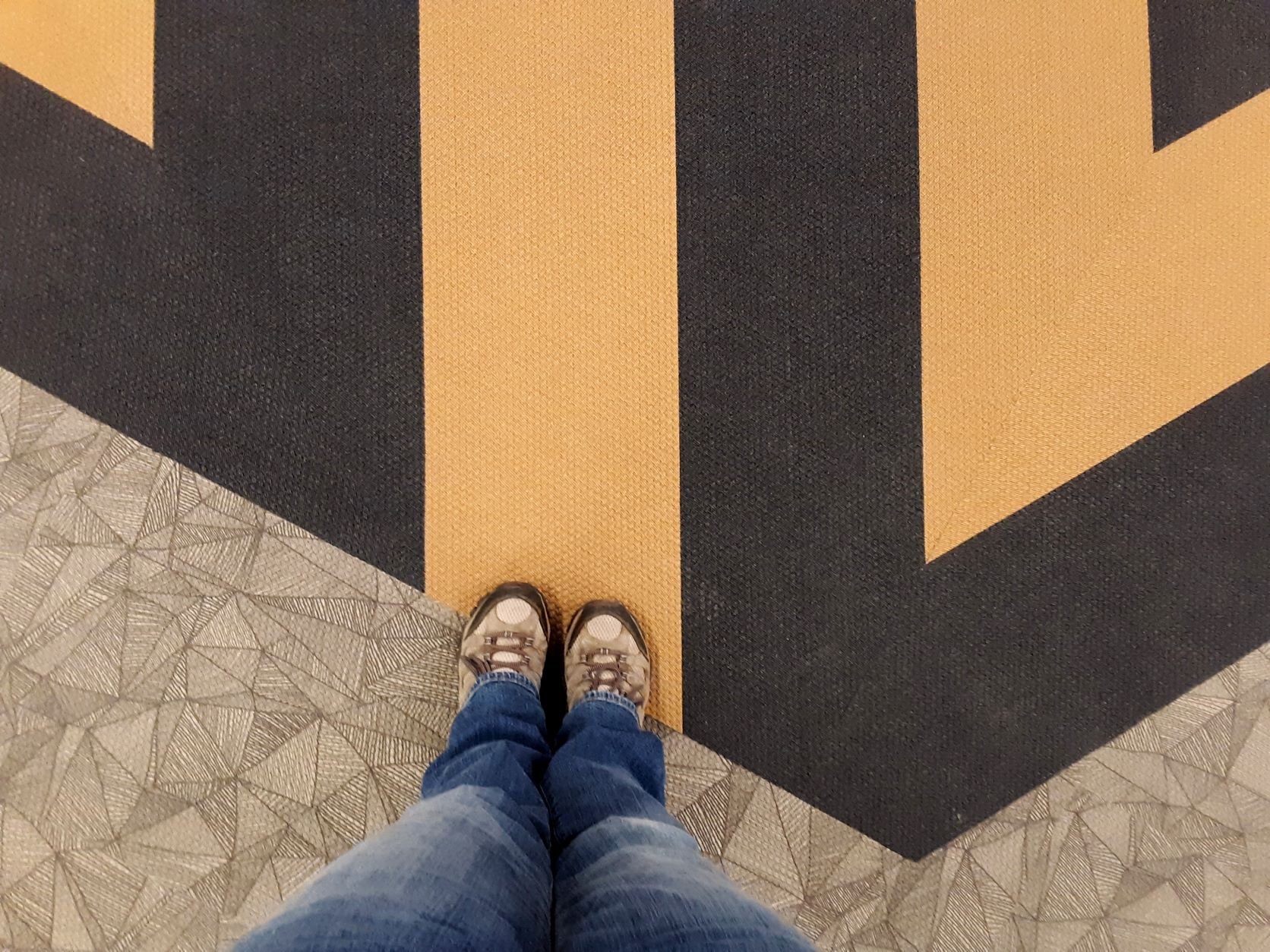What is a Walking Labyrinth?
A labyrinth is a patterned path, often circular in form, used as a walking meditation or spiritual practice. A labyrinth's walkway is arranged in such a way that the participant moves back and forth across the circular form through a series of curves, ending at the labyrinths's heart or center. It is unicursal, which means that it has only one entrance and leads in only one direction.
Labyrinths have been found in many cultures around the world, including ancient India, Spain, Peru, and China. The best-known labyrinths in the West, however, are those dating from the Middle Ages. They were built as substitutes for going on a pilgrimage to Jerusalem, a journey that was physically or economically impossible for most Christians in Western Europe during this period. Cathedrals were designated as pilgrimage shrines, and labyrinths were embedded in the stone floors of the cathedrals as part of the shrine's design. The circuitous journey to the center of the labyrinth represented the many turnings in the journey of life, a journey that required the Church's guidance and support.
In general, labyrinth walking is said to benefit participants by allowing a temporary suspension of so called left-brain activity—logical thought, analysis, and fact-based planning—and encourage the emergence of the intuition and imaginative creativity associated with the right brain.
Specific benefits that some people have experienced as a result of labyrinth walking include:
answers, or insights, to personal problems or circumstances
a general sense of inner peace or calm
emotional healing from past abuse or other traumas
a sense of connection to, or unity with, past generations of pilgrims or family ancestors
reawakened interest in their specific religious tradition
greater awareness of their own feminine nature or the feminine principle in nature, often associated with circular shapes and patterns
stimulation of their imagination and creative powers
improved ability to manage chronic pain
faster healing following an injury or surgical procedure
Excerpt taken from: https://www.encyclopedia.com/medicine/encyclopedias-almanacs-transcripts-and-maps/labyrinth-walking. Visit this site for more information on Walking Labyrinths and their origins and uses over the past centuries.





